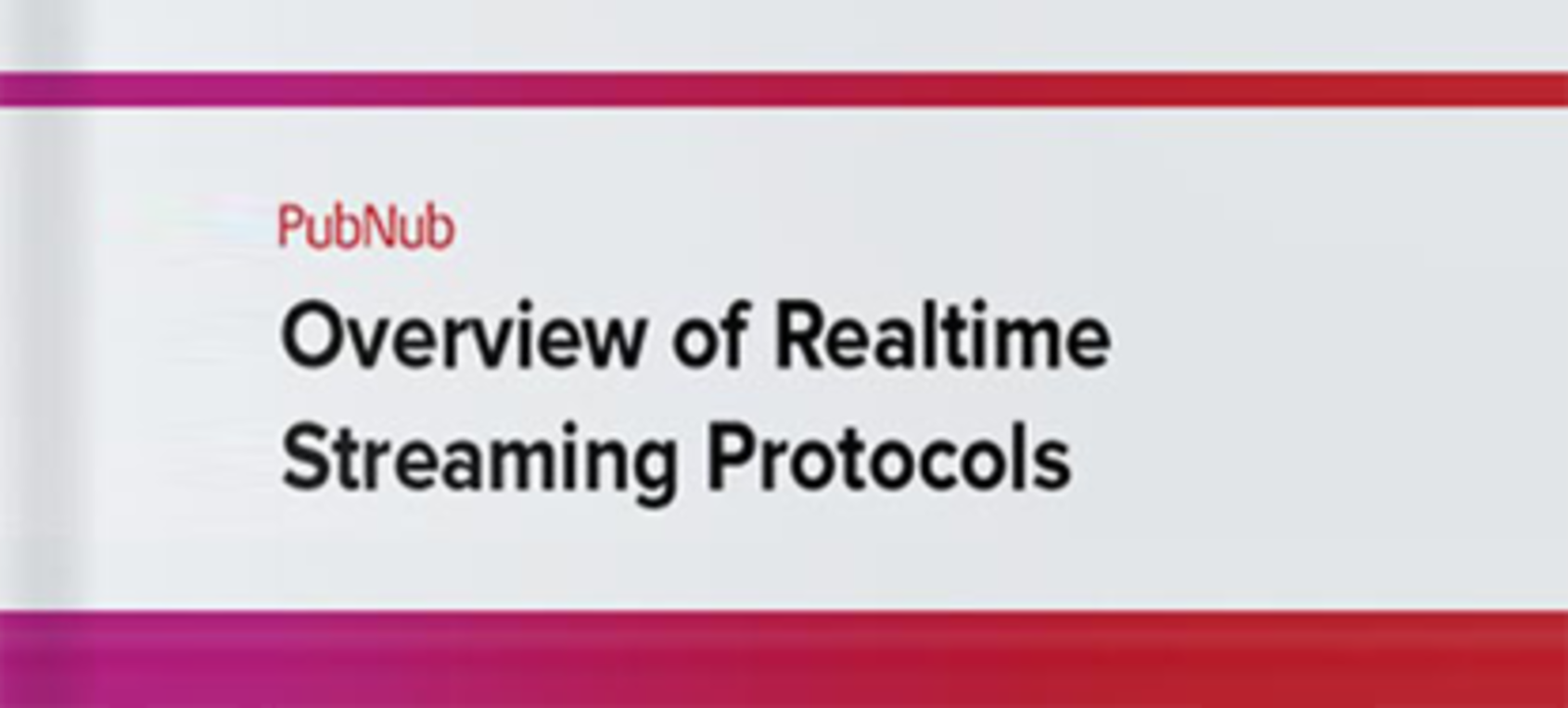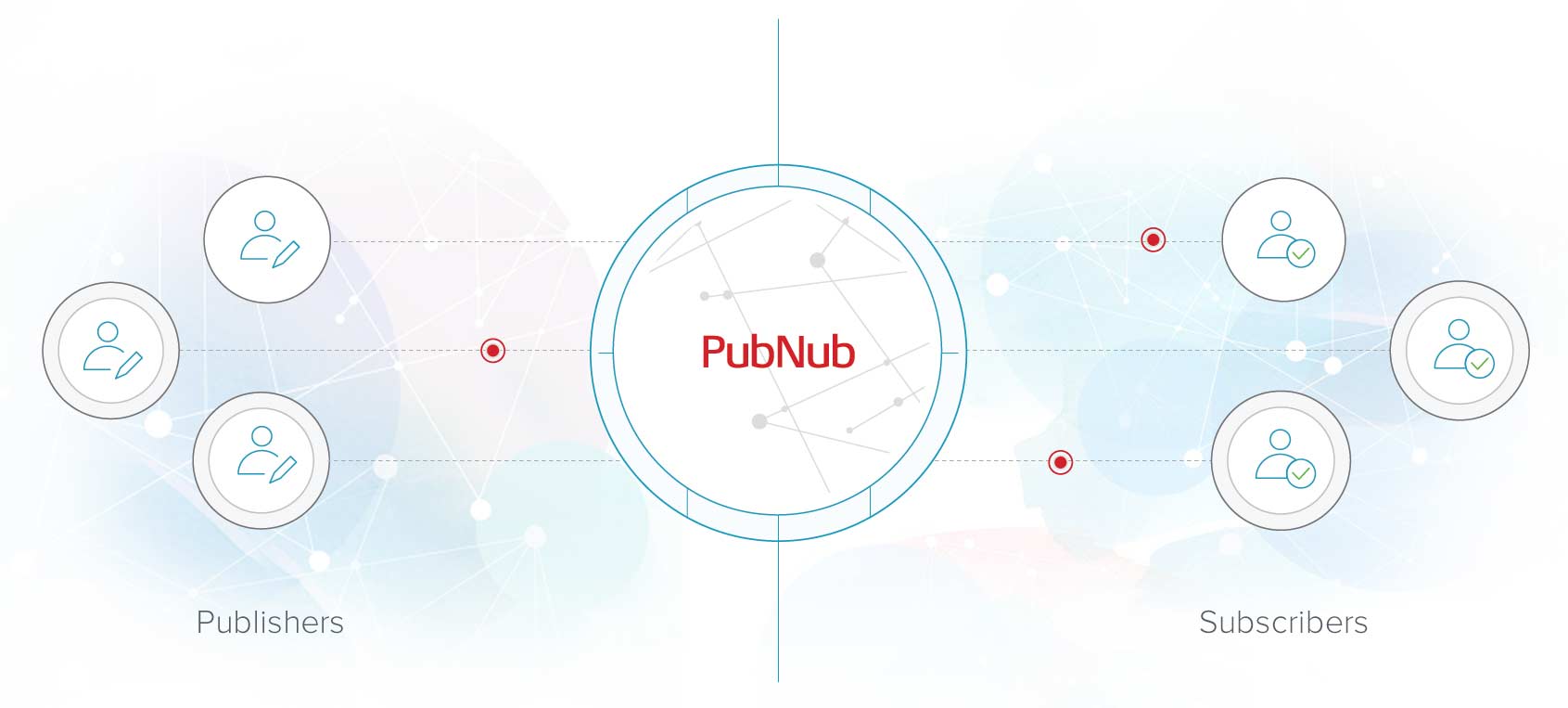eLearning (sometimes written as E-learning or electronic learning) is changing the learning experience and has empowered more people to access high-quality online learning than ever before.
eLearning is when learning happens online using digital resources. eLearning can replace or supplement a traditional face-to-face school classroom with online courses or course content (called blended learning). The use of electronic devices that can connect to the internet form the backbone of today’s online education experience. For the first time, the benefits of eLearning have become a reality now that billions of people have access to the internet on digital devices - something that has only been possible in recent human history.
eLearning is also an effective and flexible way to train employees. eLearning can enable employees to learn new skills from anywhere and at times that work best for them. Many businesses have replaced traditional in-person employee training, compliance training, and onboarding with self-paced or real-time eLearning courses and online training.
There are no one-size-fits-all software solutions to eLearning, and many unrealized opportunities exist in eLearning content. Some learning management systems (LMS) have digital learning solutions. However, the eLearning software industry is young, and there is also a growing demand for more eLearning solutions that meet the changing needs of today’s virtual classrooms.
How do you build eLearning Apps?
The most challenging part of building eLearning software is creating the real-time experiences required for the learning environment to work. Real-time chat and collaboration, both in one-on-one sessions and group settings, are essential types of eLearning solutions. Real-time experiences allow for long-distance learning to work as well as traditional learning in a traditional classroom.
PubNub provides real-time APIs, so you don’t have to build your eLearning solution from scratch. With PubNub APIs, you can create a reliable, cost-effective, and secure eLearning communication platform and eLearning tools. With PubNub, you can build things like real-time whiteboards, conferencing and chats (with real-time translation), and real-time quizzes. You can do this without setting up your own real-time servers or infrastructure. You can focus on building your eLearning platform while trusting PubNub’s flexible real-time APIs to do the rest.
Examples of eLearning Apps
Next Tech - PubNub’s ease of use enabled them to do nearly all of the implementation independently. Users discuss topics while teams can work together on projects, and everyone can focus on advancing their tech skills. With PubNub as their real-time collaboration infrastructure, Next Tech is the head of the class for delivering tech education.
Scratchpad - Using PubNub, Scratchpad synchronizes client-side applications to deliver digital collaboration capabilities to sales teams. When someone comments on their app, it immediately gets pushed to all who have that page open. “We use PubNub to accomplish a lot of what we do,” said Justin Zhang, Engineering Manager at Scratchpad.
ClassDojo - ClassDojo uses many of PubNub’s real-time features in their eLearning program. With PubNub Data Streams, ClassDojo has built a real-time communication layer for messaging between teachers and parents and created an interactive dashboard for students.
Check out more eLearning examples here in our eLearning Case Studies.


